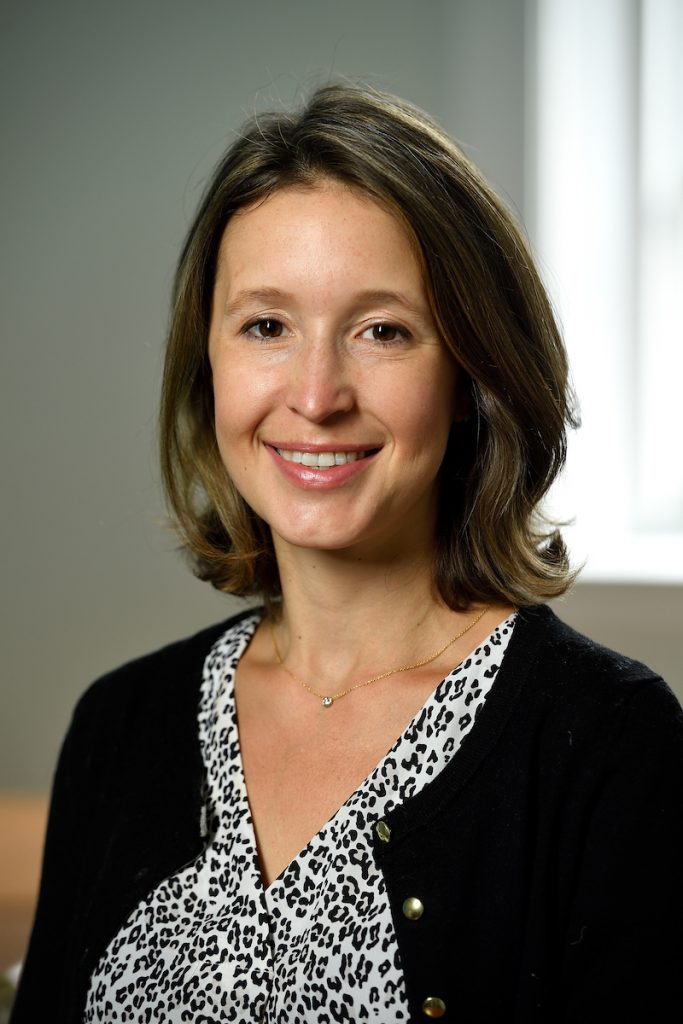
With a team of colleagues, Lauren Gardner, an associate professor of civil and systems engineering, developed a highly accurate method to identify U.S. counties at the greatest risk of experiencing measles outbreaks in 2019 and countries that contribute most to measles risk in the U.S. Using mathematical modeling, the team combined an array of data, from variables that included the volume of international air travel, rates of measles outbreaks at the origin of travel, U.S. childhood vaccination exemption rates, and population size.
“I want to understand how diseases spread around the world. I actually came to this question from a transportation modeling background, where I was working on problems like how to design transportation systems to minimize traffic congestion and maximize efficiency. I quickly realized, though, that it was the network modeling aspect of these large-scale systems problems that interested me most. So, I shifted my focus to study epidemiological issues. Now, I study the spread of infectious disease through the lens of it being a human mobility problem.
“Over the past 10 years, I’ve added other variables to my work to account for how things like climate, land use, urbanization, and socioeconomic and demographic factors also impact disease spread. Together, with mobility, these data can be utilized within mathematical modeling frameworks to improve our understanding of infectious disease risk and help predict their spread, as well as aid with real-time decision-making during emerging infectious disease outbreaks.
“With the measles study, we focused on identifying the communities at risk so efforts could be targeted to better protect them. The study results were covered by more than 100 media outlets around the U.S. and were presented in national advisory committees to inform vaccination policy. Since it can be challenging for scientists to get the public to care about their work, I found it especially meaningful to be part of the public conversation on such a critical issue.”




